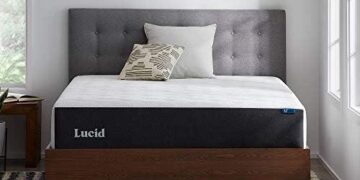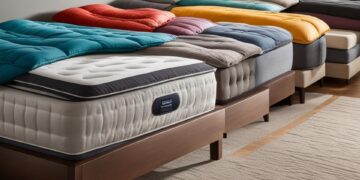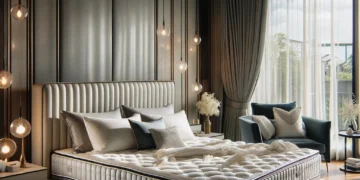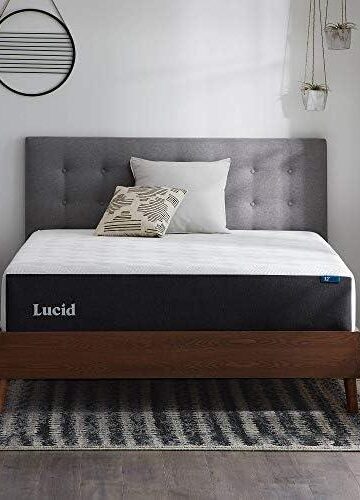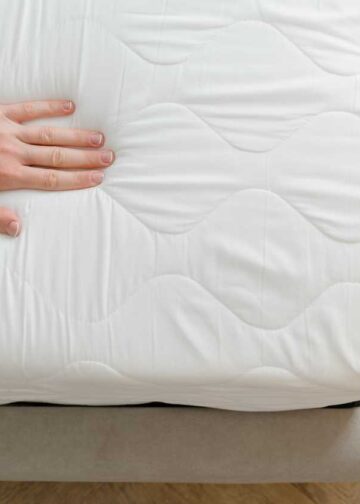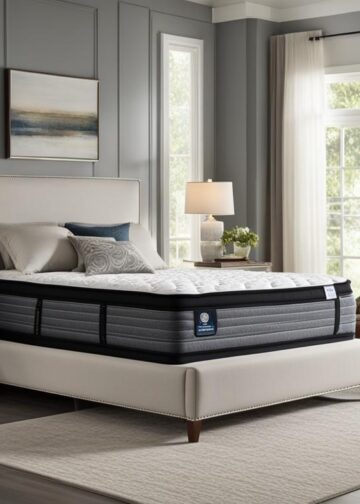Sofas of various sizes, designs, and forms are commonly found in our homes. They are frequently used to enhance our living rooms, guest rooms, and bedrooms. Sofas provide a comfortable place for close interactions with others. However, many believe that accommodating a sofa set necessitates a large area.
This assumption isn’t entirely accurate. Compact sofas are available for individuals grappling with limited space issues. In this article, we will explore the compact sofa in detail and highlight the distinctions between standard sofas and small sofas. Let’s proceed with our discussion systematically:
Small sofas, also referred to as mini-sofas, courting chairs, or loveseats, are petite upholstered seating options designed for two users. They bear a close resemblance to standard sofas in design, featuring upholstery, arms, and backs. Typically, small sofas measure about 60 inches in length.
The creation of small sofas dates back to the late 17th century, with their design evolving throughout the 18th and 19th centuries. They gained popularity during the Industrial Revolution and, by the late 19th century, became affordable for middle and lower-income individuals. Previously, only affluent households had sofas.
Today, the demand for small sofas is on the rise. They do not require vast spaces for installation and fit well in smaller rooms, making them extremely beneficial for those residing in compact spaces. Two people can sit comfortably on a small sofa, making it an ideal gift for newlyweds.
There are subtle differences between typical sofas and small sofas. Standard sofas, larger than small sofas, are known as couches or settees and can accommodate two or more individuals comfortably. The average length of a typical sofa is about 84 inches, and they are also suitable for sleeping comfortably.
Differences Between Typical Sofas and Small Sofas
Both sofas and small sofas are frequently used in household living rooms, guest rooms, and bedrooms as essential furniture items. Although similar in design and purpose, they have discernible differences. We discussed earlier that size is the primary distinguishing factor. Below is a table summarizing the differences between sofas and small sofas:
| Differences | Sofas | Small Sofas |
| Definition | Upholstered seating furniture with back and armrests designed for multiple users. | Upholstered seating furniture tailored for only two users. |
| Also Known As | Couch, settee. | Courting chair, mini-sofa, loveseat. |
| Seating Capacity and Length | Accommodates three or more persons, typically eighty-four inches long. | Accommodates two persons, approximately sixty inches long. |
| Main Purpose | Primarily for comfortable seating. | Primarily to seat a couple for intimate chats. |
| Original Purpose | Originally created for seating. | Initially served as a compact seating solution for women with voluminous dresses. |
| Secondary Uses | Often used for sleeping. | Useful in smaller areas or as a supplementary to larger sofas. |
| Variants | Sofa bed, day bed, futon, chaise longue, chesterfield, divan, fainting couch, loveseat. | Tete-a-tete, British two-seater. |
Sofas are now not just limited to home use but are also increasing in popularity in offices, reception areas, bars, and lobbies. You need to select the sofa that fits your room size. If you have limited space, consider opting for small sofas.
- “Sleep Like Royalty: Discover the Lucid 12″ Cal King Mattress!” - February 14, 2024
- “Is Your Mattress Past Its Prime? Find Out Now!” - February 11, 2024
- Sleep Better Every Season: Seasonal Sleep Tips - January 26, 2024

